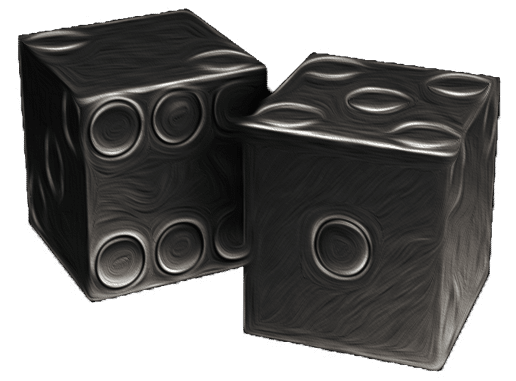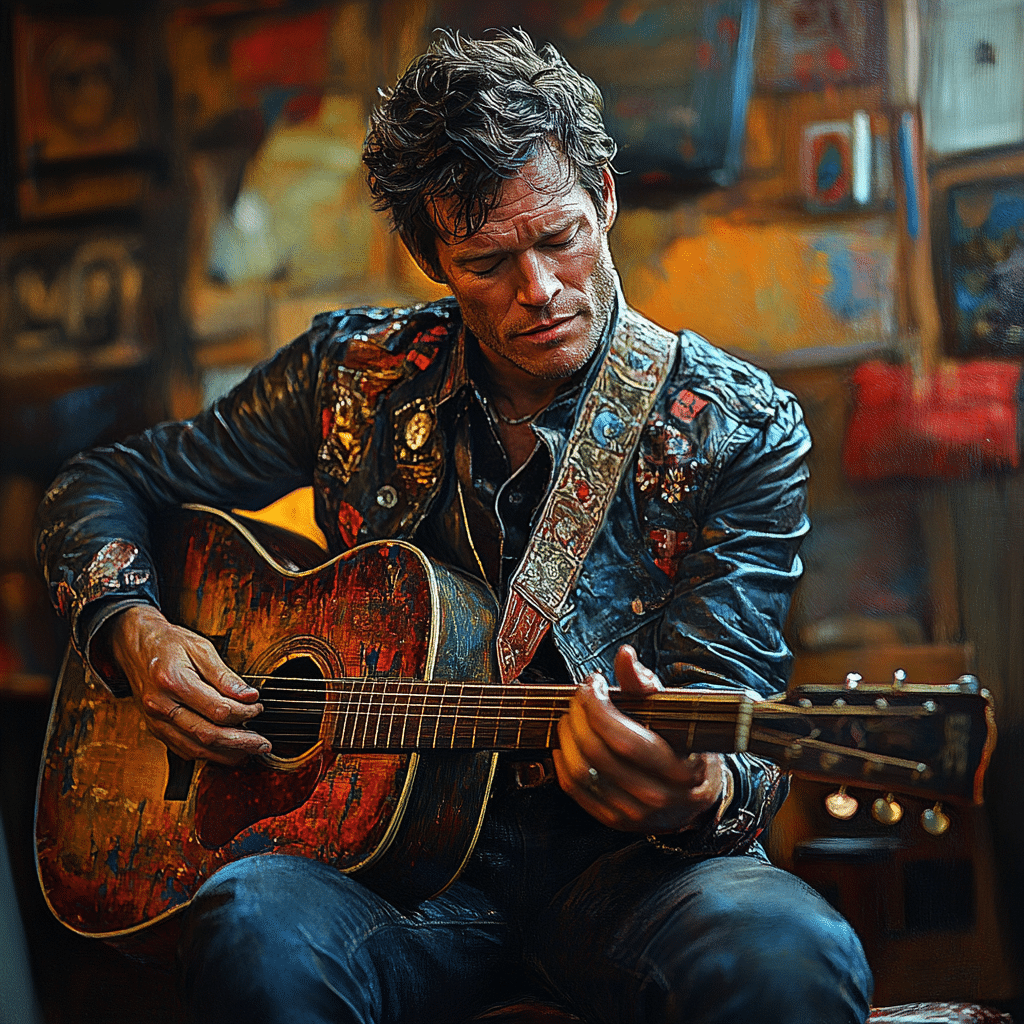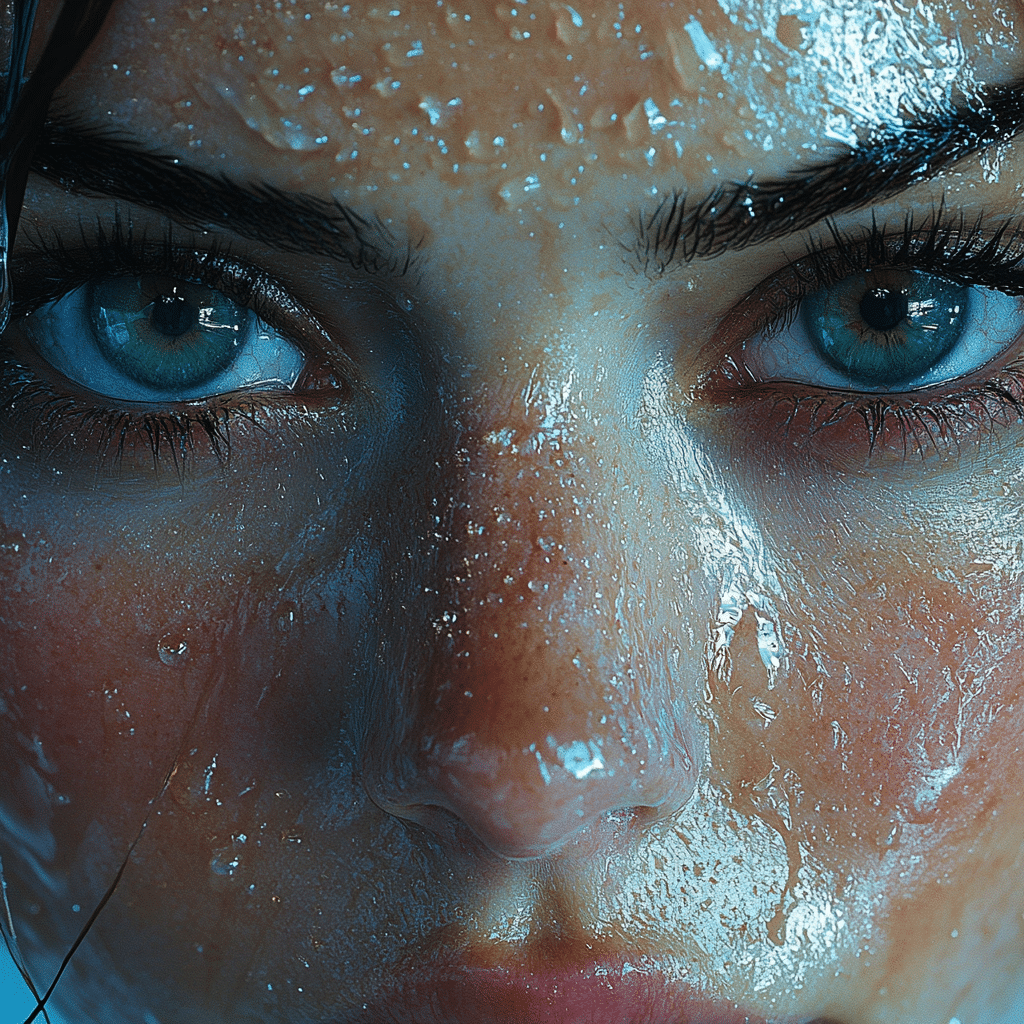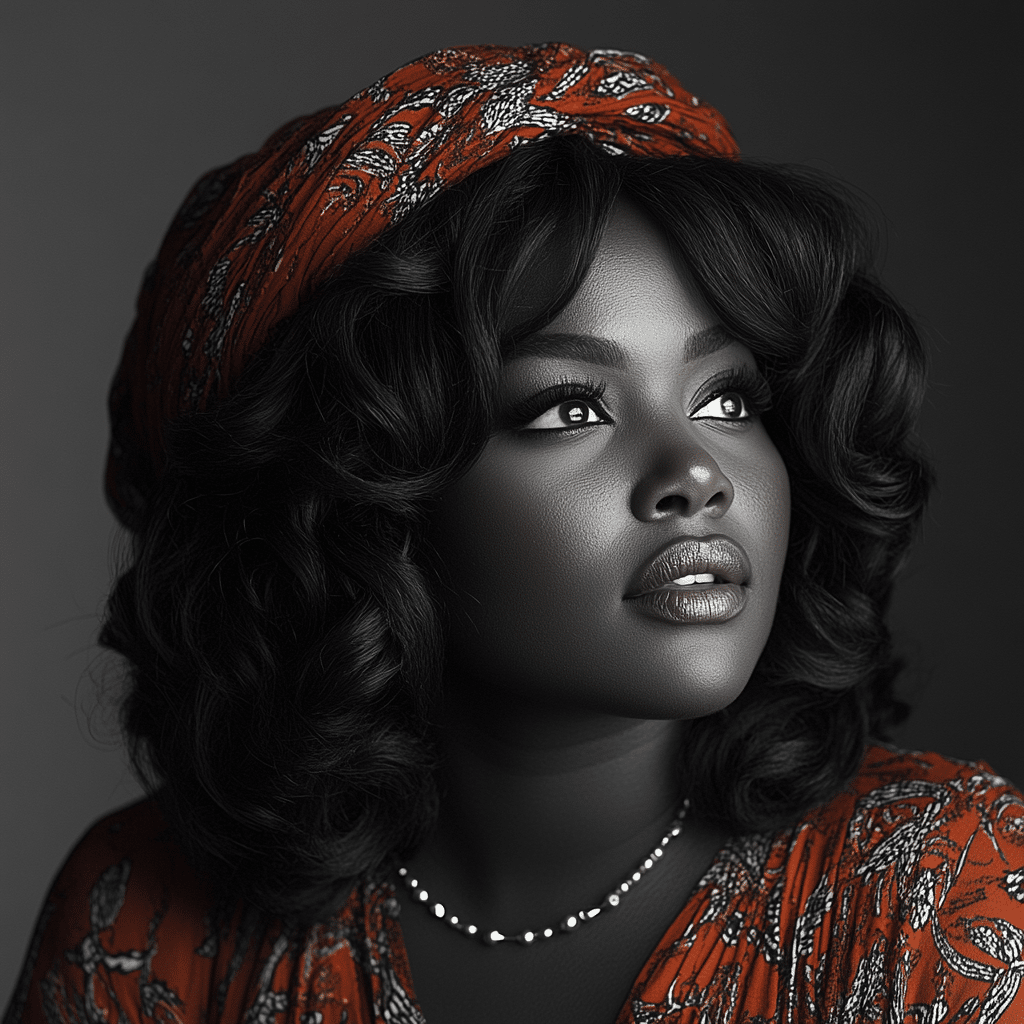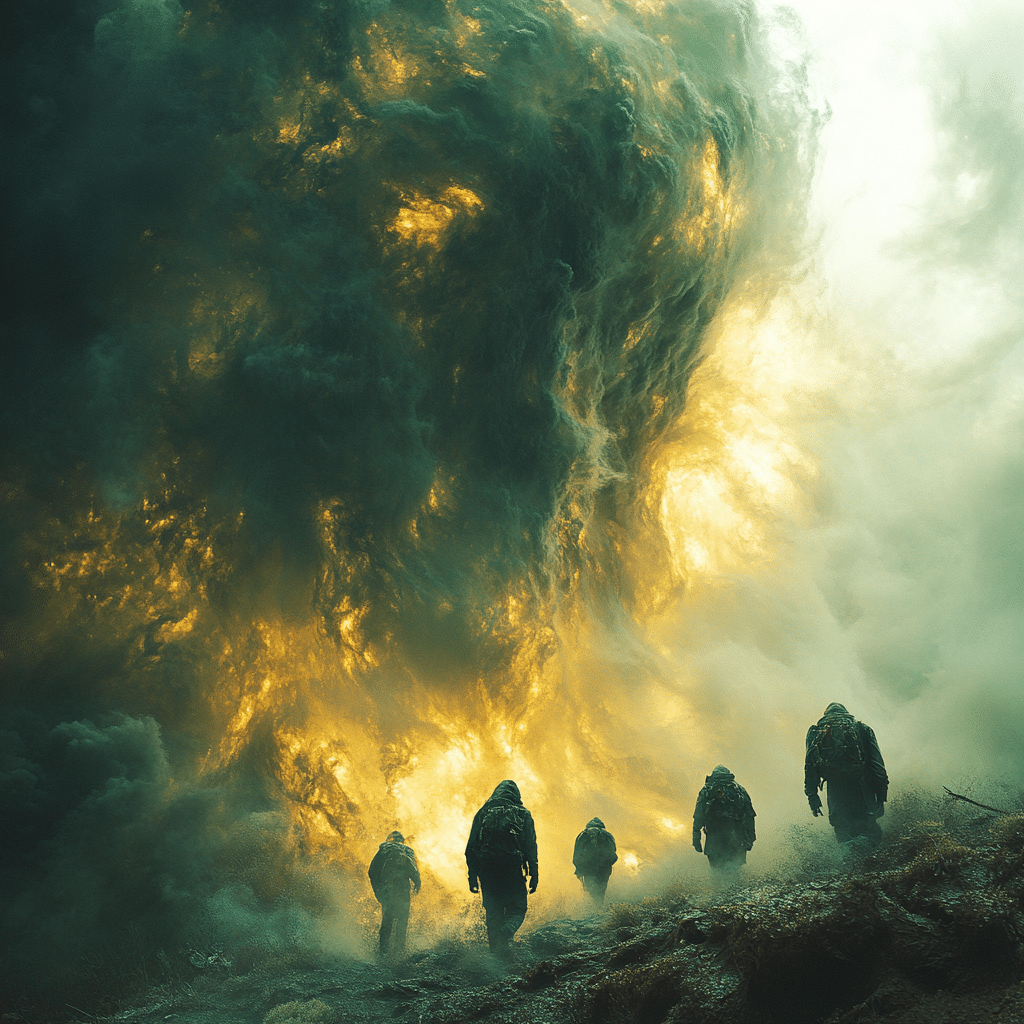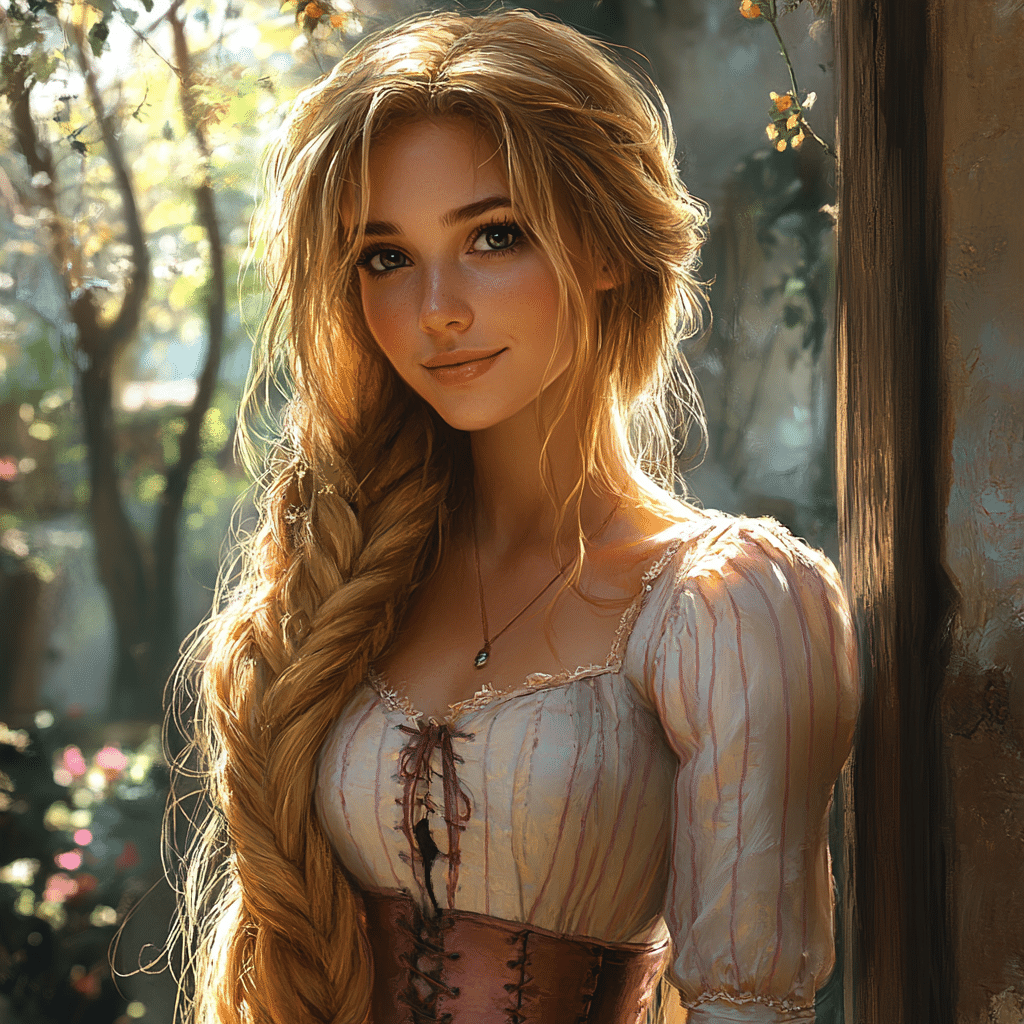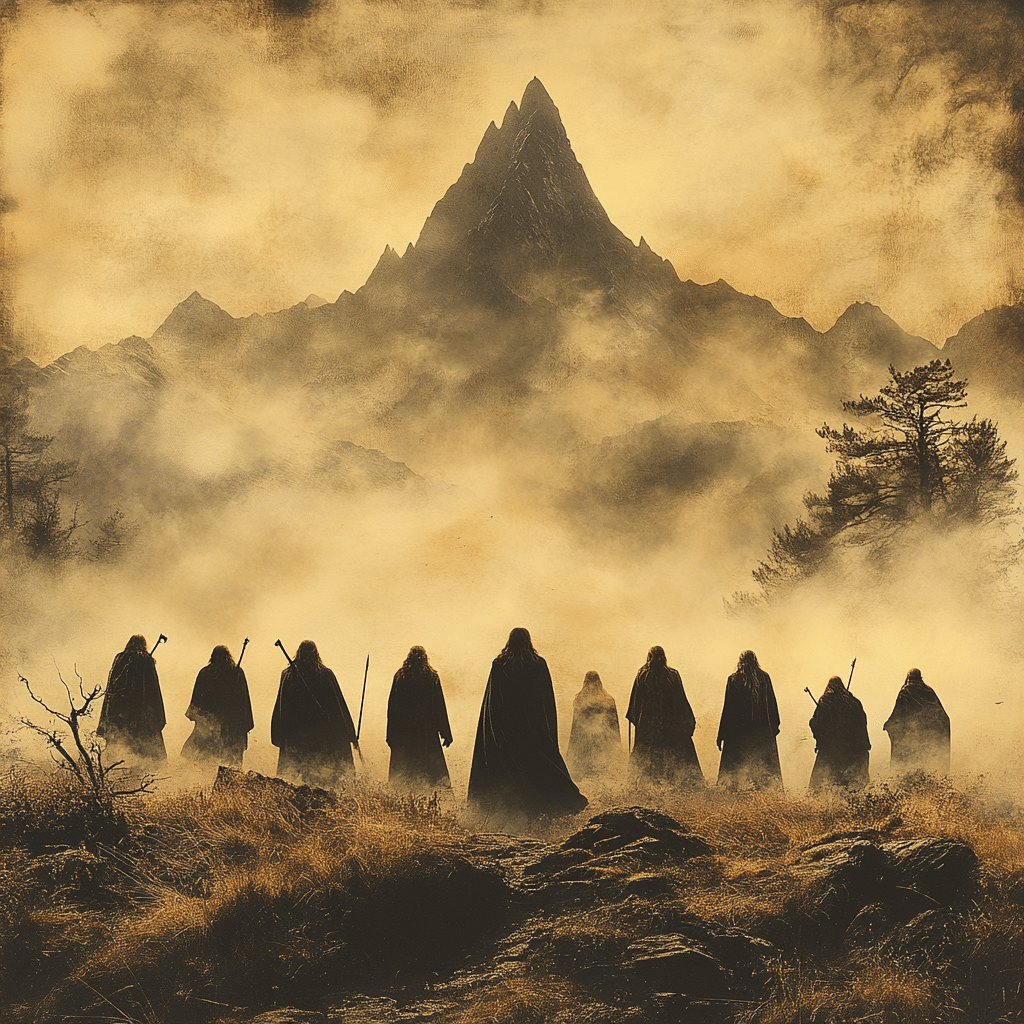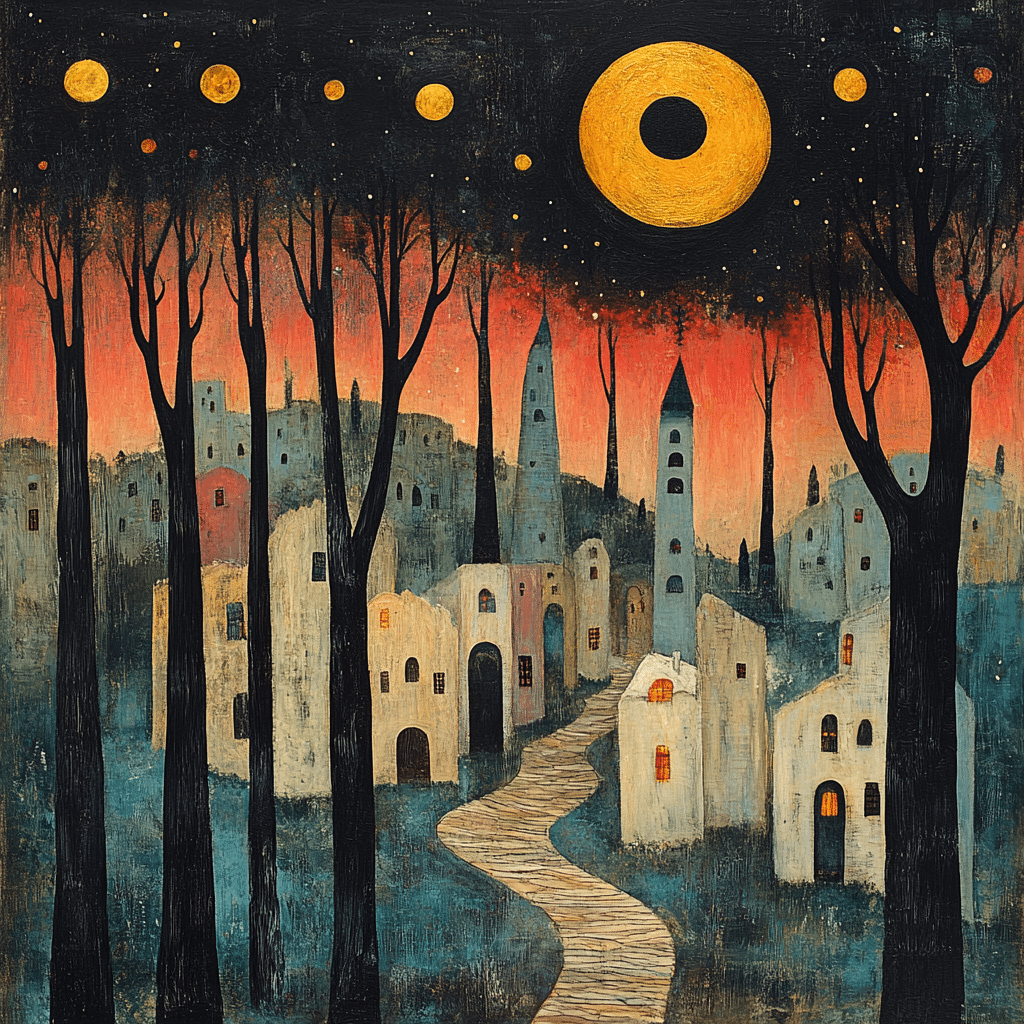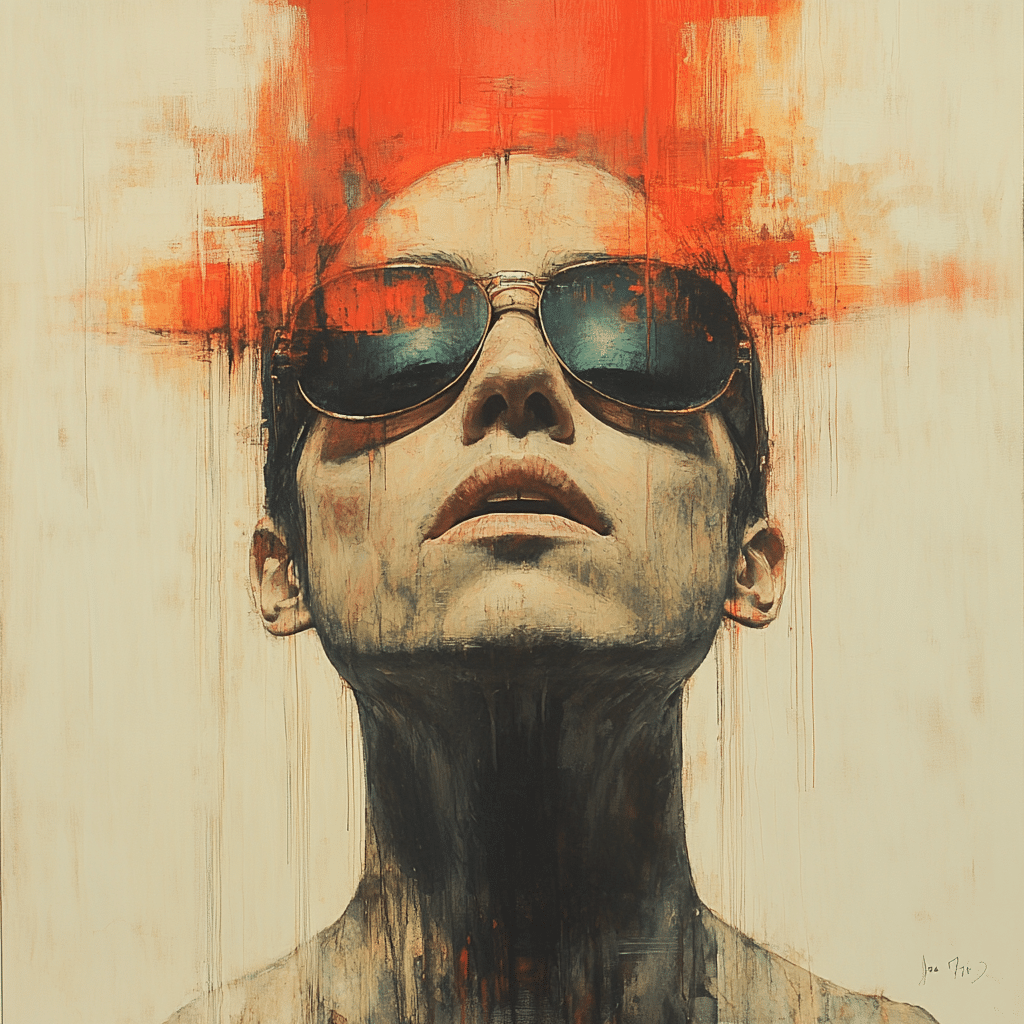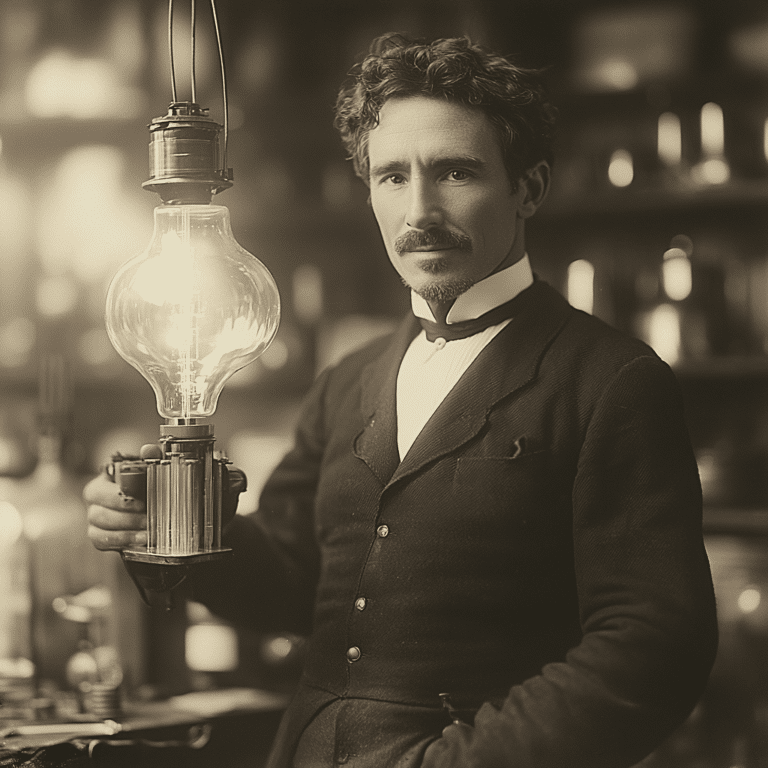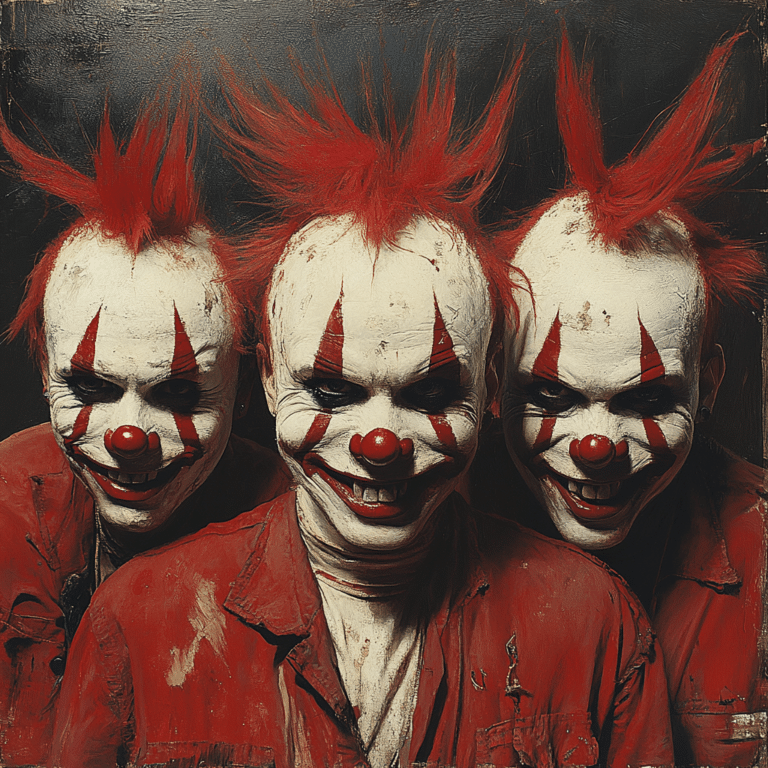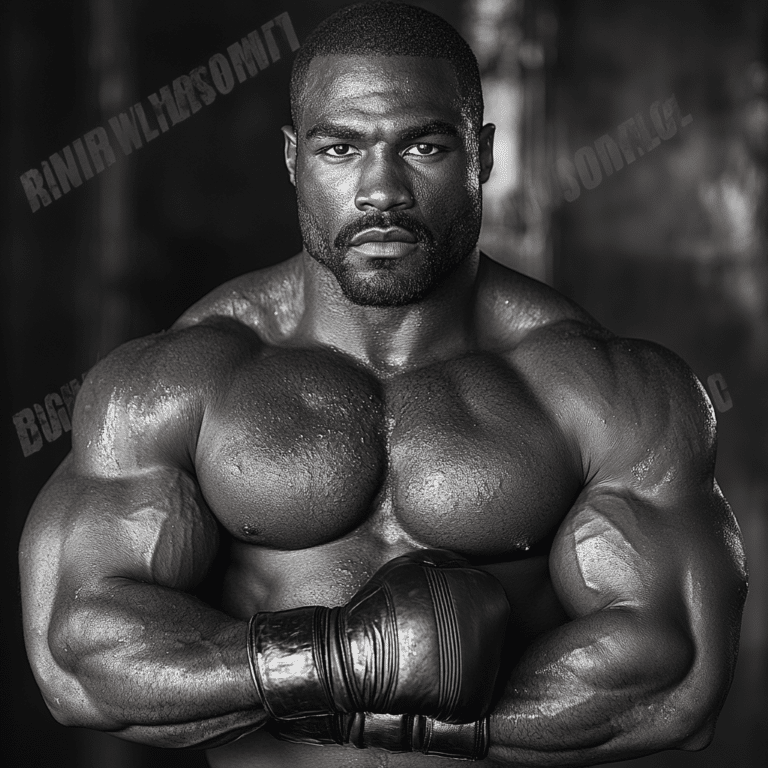From the moment you press play on Saint Maud, you’re whisked away into a world that artfully balances the uncanny with the deeply relatable struggles of humanity. As the psychological horror film continues to captivate audiences into 2024, its themes of isolation, faith, and desperate need for connection resonate more than ever. Written and directed by the talented Rose Glass, this film intricately captures the journey of its complex protagonist, Maud, who finds herself navigating the grim intersections of devotion and despair. So let’s dive in and explore why Saint Maud deserves a top spot on everyone’s watch list, shall we?
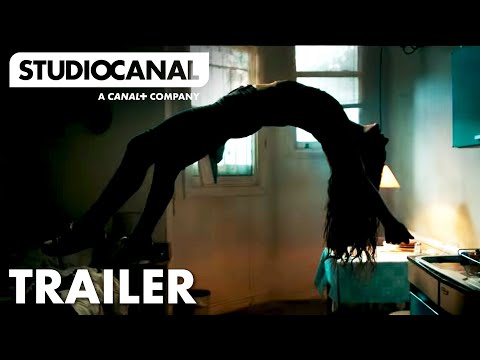
5 Elements that Made Saint Maud a Thrilling Psychological Experience
1. Character Complexity: The Layers of Maud
Morfydd Clark’s breathtaking portrayal of Maud is a masterclass in character complexity. Right from the get-go, Maud’s internal conflict lays bare her deep loneliness, a loneliness so profound that it amplifies her attempts at redemption. As she relentlessly pursues the soul of her patient Amanda (played by Jennifer Ehle), viewers can feel the psychological storm brewing within her. Maud embodies a raw devotion that dances perilously close to fanaticism, while Amanda serves as a stark contrast, embodying the tempting allure of existential despair. Think of this as The Color Purple meets a haunting rendition of Saturday morning cartoons, where both characters illustrate the dizzying power of faith and its potential to plunge one into an abyss.
2. Cinematography: Visuals that Haunt
The visuals in Saint Maud are as unsettling as the story they tell. Thanks to the skills of cinematographer Ben Fordesman, the film transforms every shadow and beam of light into a character of its own. Shot in a stark maisonette in the UK, the environment mirrors Maud’s crumbling mental state. Every frame is designed to evoke a sense of suffocating isolation, and somehow, you can almost feel the gloomy walls pressing down on her. It’s like peeking through a window into someone else’s chaos—truly a gripping visual experience that’s enough to haunt your daydreams!
3. Sound Design: Echoing the Silence
What’s a psychological horror movie without spine-chilling sound design? The sound in Saint Maud elevates the story to another level, creating an atmosphere brimming with tension. The film plays with silence so effectively, using it to draw viewers in—it’s like the unsettling experience you’d have while watching Death Proof. The jarring sound effects punctuate the eerie quiet, amplifying the pain of Maud’s loneliness and her craving for connection—a powerful way to communicate her internal struggles without saying a word.
4. Themes of Redemption: A Dangerous Game
In Saint Maud, redemption feels like a high-stakes number game. Maud’s obsessive desire to save Amanda blurs the lines between spirituality and fanaticism. It’s a cautionary tale that reminds us how even the best intentions can spiral into something dark. Instantly, you start drawing connections to old cartoons that depict hubris leading to a downfall; it’s fascinating how a seemingly simple narrative can open doors to broader conversations about faith and the lengths we go to find meaning, or perhaps lose ourselves entirely.
5. Societal Reflection: COVID-19 and Loneliness
As the world navigated through the unprecedented isolation brought by the COVID-19 pandemic, Saint Maud found itself oddly timely. Many viewers could relate to Maud’s unrelenting sense of loneliness, making it a culturally relevant piece that sparks vital discussions about mental health. Organizations like the Umbrella Corporation have highlighted this societal departure from community, paralleling Maud’s journey with the contemporary struggle for connection. Now more than ever, Saint Maud urges us to consider how our environment affects our psyche and the importance of togetherness—be it through streaming platforms or real-life connections.
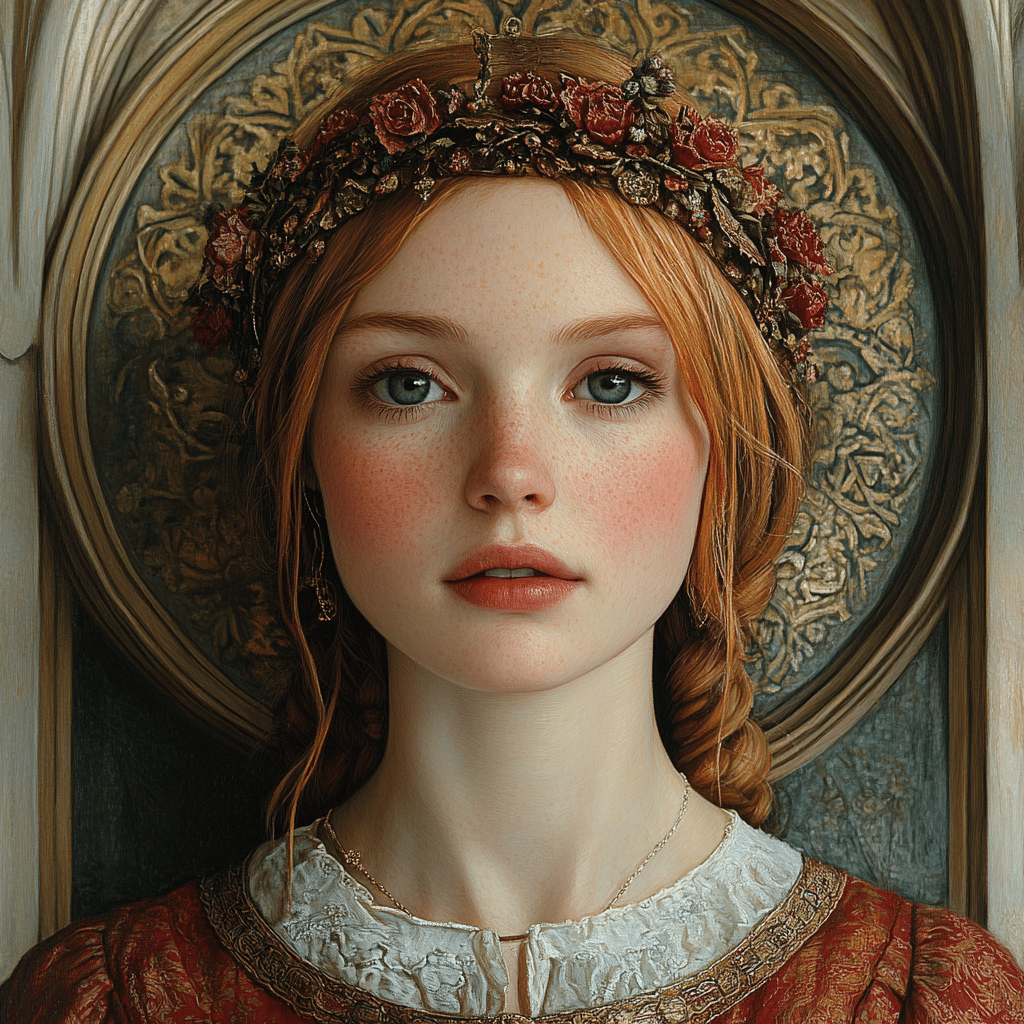
How Saint Maud Reflects Contemporary Issues Through Genre
At first glance, Saint Maud might seem like just another horror flick, but it cleverly wraps itself around pressing real-world issues. The film invites viewers to confront their own struggles, much like how Cousin Eddie blends everyday life with deeper, darker themes. Nothing is as simple as it seems; it’s less about being scared and more about recognizing the horrors that come from within. In Maud’s journey, we see not just supernatural elements but also the human experience laid bare—encapsulating the messy struggle for connection in a world that often feels cold and distant.
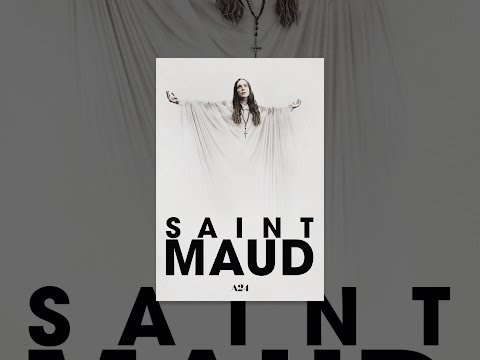
The Impact of Saint Maud: Cultural Repercussions and Streamability
With the explosion of interest in Saint Maud, especially through streamable platforms, it’s no surprise to see filmmakers drawing inspiration from its motifs. This film has sparked a renewed exploration of themes related to faith, loneliness, and the relentless pursuit of redemption. Its critical acclaim pushes boundaries, encouraging viewers to view stories through a more reflective lens. As an audience, we often grapple with our realities while echoing Maud’s struggles; it’s a contemporary piece that speaks volumes about our ongoing societal dialogue.
Intersections with Other Cultural Works
Saint Maud stands in intriguing company when we consider its themes against various cultural works. For example, its exploration of personal redemption can be likened to Alice Walker’s The Color Purple, where characters wrestle with their identities and pasts. Likewise, the haunting experience of Maud resonates with narratives in films like Tarzana, knitting together tales of identity and loss. Through this lens, the film encourages conversations about death, rebirth, and the intricacies of the human spirit.
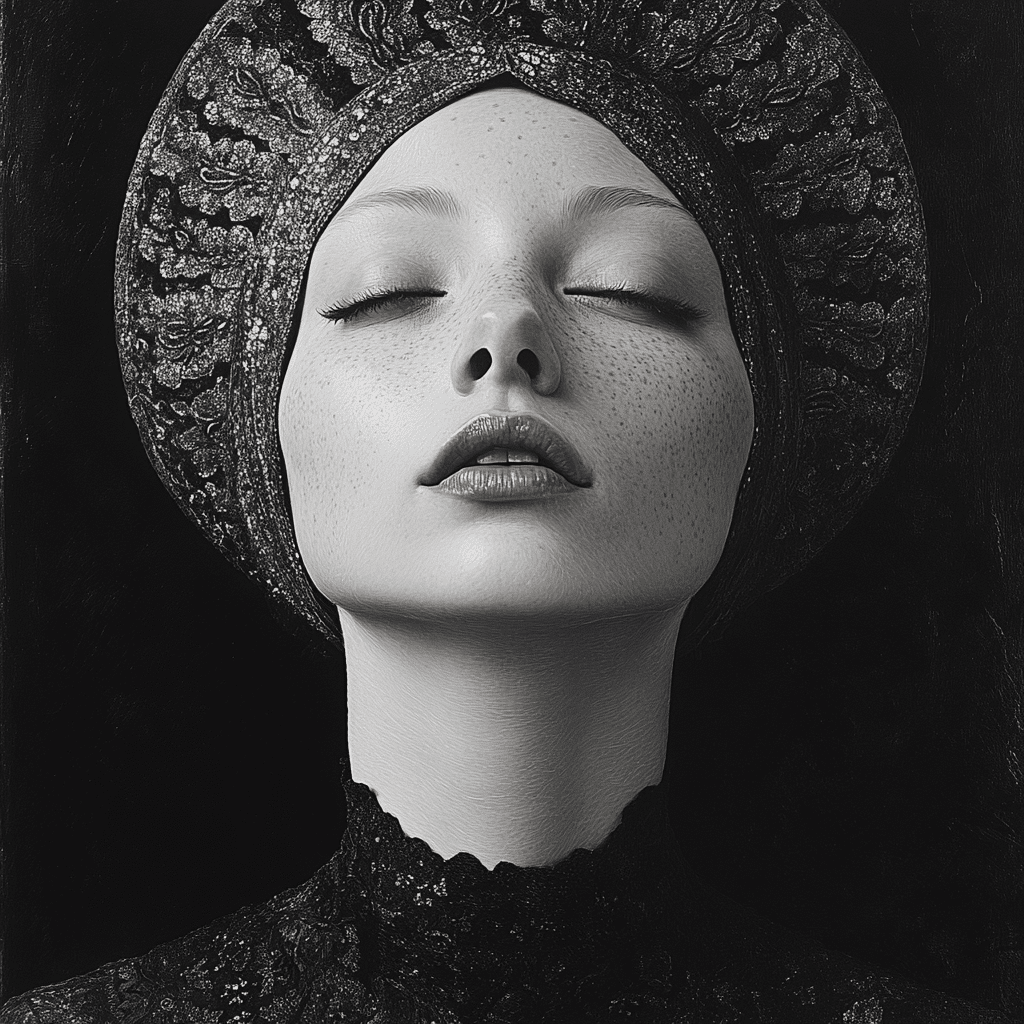
Closing Thoughts: An Invitation for Reflection
More than just your typical horror outing, Saint Maud serves as an evocative mirror, prompting us to reflect on our struggles against loneliness and our deep yearning for connection. The chilling narrative seamlessly intertwines with profound emotional depth, urging viewers to explore their beliefs about faith and redemption. In a world where isolation is increasingly prevalent, Saint Maud stands as both a poignant reminder and an invitation to embrace the complexities of our shared humanity. So, grab some popcorn, settle in, and prepare for an unforgettable cinematic experience that’s bound to leave you pondering long after the credits roll!
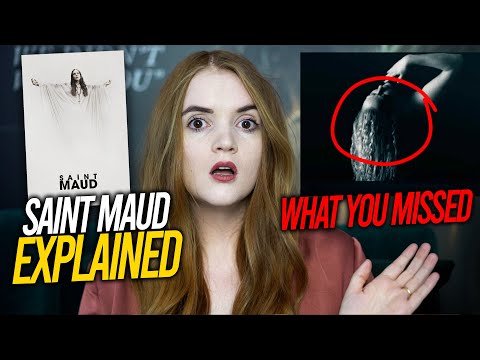
Saint Maud: Intriguing Trivia Highlights
A Glimpse Behind the Scenes
Did you know that “Saint Maud” has sparked conversations akin to the emotional undertones found in Southern Comfort? Both films delve into themes of isolation and the human condition, though with vastly different approaches. The psychological thriller, directed by Rose Glass, not only showcases stunning visuals but also a hauntingly complex character arc that mirrors the struggles of various real-life inspirations, including stories similar to those covered by figures like Bryant Gumbel. As audiences watched Maud’s descent into madness, it was impossible not to sense parallels with the intricate narratives anchored in genuine human experiences.
The Cast and Crew Connection
Talking about cast, let’s not forget that the people behind the camera often have fascinating backgrounds. For instance, the striking performance by Morfydd Clark in “Saint Maud” draws on both her classical training and her diverse roles, resonating with the memorable cast dynamics of films like “Raiders of the Lost Ark” cast. As she puts her heart and soul into the role, viewers can’t help but wonder if she drew any inspiration from the existential philosophies underpinning the character arc. The movie’s haunting score, which captures the eerie tension alive in every scene, adds layers that remind audiences of how art, much like what’s seen at Erewhon Market, can reflect modern cravings for personal and cultural connection.
Themes of Redemption and Loneliness
“Saint Maud” brilliantly captures the idea of loneliness as a precursor to seeking redemption, much like the emotional journey found in popular memes like You thought I Was feeling You. As viewers are introduced to Maud’s obsessive belief that she must save her dying patient, it echoes deeper themes of hope and despair. The film’s roots can also be traced back to director Rose Glass’s personal experiences, potentially influenced by her unique perspective on love and faith, reminiscent of stories shared by people like Robie Uniacke.
Each frame feels like an exploration of Maud’s psyche, inviting us to reflect on our own motivations. The imagery of her devout acts juxtaposed against moments of violent passion is striking, reminding audiences of how military Patches often symbolize personal stories and battles fought silently every day. Overall,Saint Maud” is a masterpiece that resonates long after the credits roll, echoing the struggles, desires, and horrors that lie within us all.

Was Amanda a demon in Saint Maud?
Yes, Amanda is portrayed as a demon in Saint Maud, representing an incarnation of the devil that Maud struggles against in her quest for redemption and divine favor.
What was the point of the Saint Maud movie?
The point of Saint Maud is to explore themes of loneliness, redemption, and the dangers of obsession. It dives deep into Maud’s psychological turmoil and how that leads to tragic consequences in her life.
Is Saint Maud about schizophrenia?
Saint Maud touches upon themes that resonate with schizophrenia, as Maud exhibits religious delusions and hallucinations throughout the film, providing a lens into her fragmented mental state.
Why does God speak Welsh in Saint Maud?
God speaks Welsh in Saint Maud to reflect Maud’s cultural background, as her first language is likely Welsh. This connection highlights her inner world and how her mental struggles intertwine with her faith.
What was Maud’s trauma in Saint Maud?
Maud’s trauma in Saint Maud stems from her isolation and her desperate need for acceptance and purpose, which manifests into a spiraling obsession that leads to her violent actions.
What is the demon in Amanda the Adventurer?
The demon in Amanda the Adventurer serves as a symbol of the malevolent influences that can lead one astray, showcasing the darker aspects of her character as the story unfolds.
What language did God speak in Saint Maud?
God speaks Welsh in Saint Maud, mirroring Maud’s own identity and background, which plays a crucial role in shaping her perceptions and experiences throughout the film.
What happens at the end of Maud?
At the end of Maud, she reaches a tragic climax, embracing her delusions and performing a drastic act that cements her fate, leaving viewers questioning the line between faith and madness.
What is the bug in Saint Maud?
The bug in Saint Maud usually refers to the underlying psychological issues that plague Maud, but it can also hint at her mental breaks, which distort her perception of reality.
Is Saint Maud disturbing?
Yes, Saint Maud is considered disturbing due to its intense themes of mental illness, existential dread, and the consequences of obsessive faith, which can leave a lasting impact on viewers.
Is Rose Glass Catholic?
Rose Glass, the director of Saint Maud, has mentioned aspects of her upbringing that align with Catholicism, which influences the film’s themes but doesn’t strictly confine her beliefs.
What did a beautiful mind get wrong about schizophrenia?
A Beautiful Mind tends to glamorize schizophrenia, making it seem like the character’s experiences could lead to genius-level achievements, whereas the reality can often be filled with debilitating challenges and struggles.
What is the Welsh saint called?
The Welsh saint commonly referenced is Saint David, the patron saint of Wales, who is celebrated for his wisdom and piety, and remains an important figure in Welsh culture.
What happened at the hospital in Saint Maud?
In the hospital scenes of Saint Maud, we see the struggles of mental health care, highlighting Maud’s backstory and her experiences that contribute to her fragile psyche throughout the film.
Is Saint Maud supernatural?
Saint Maud straddles the line between psychological thriller and supernatural elements, leaving viewers uncertain whether it’s Maud’s mental state or true supernatural forces at work.
